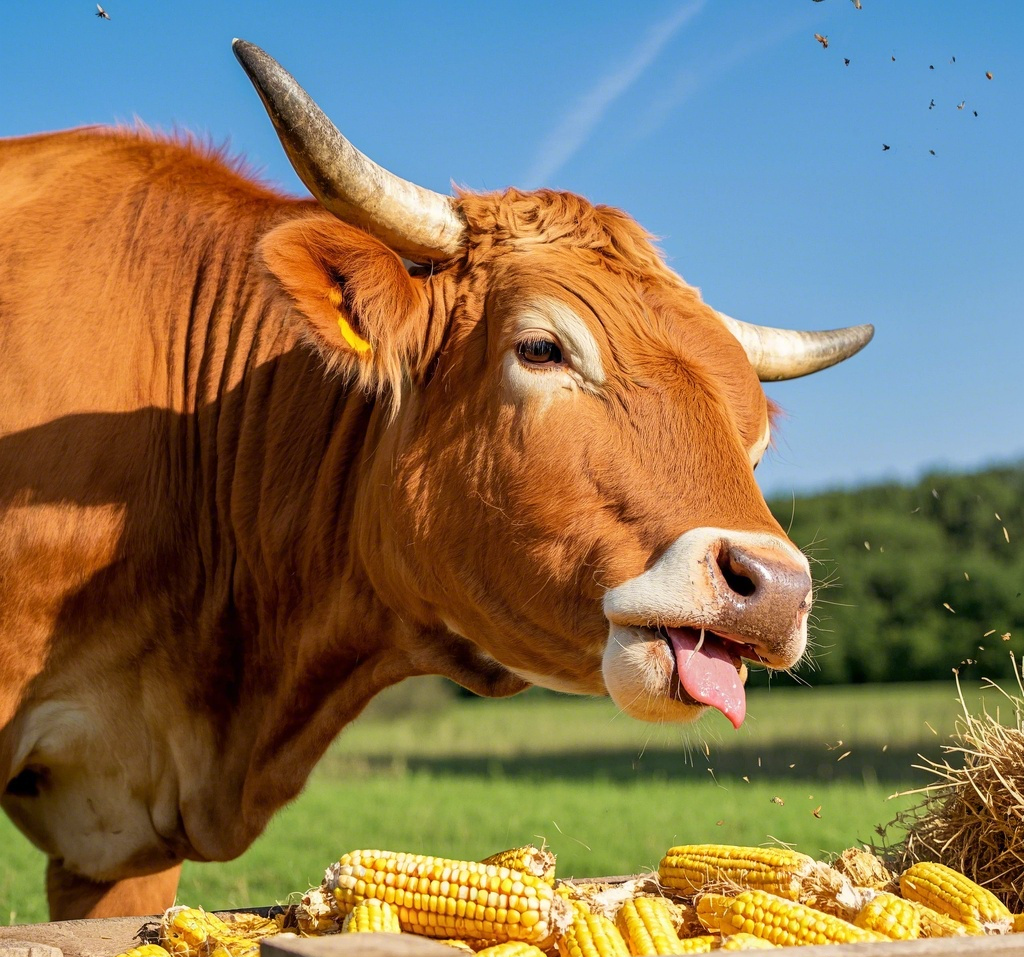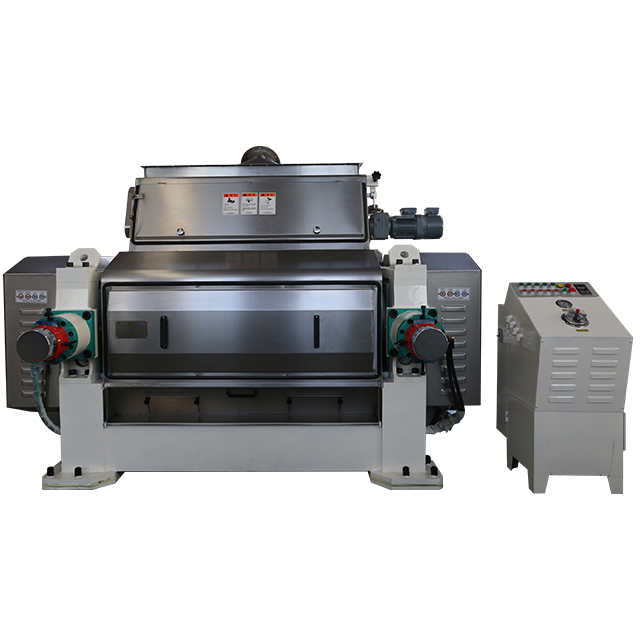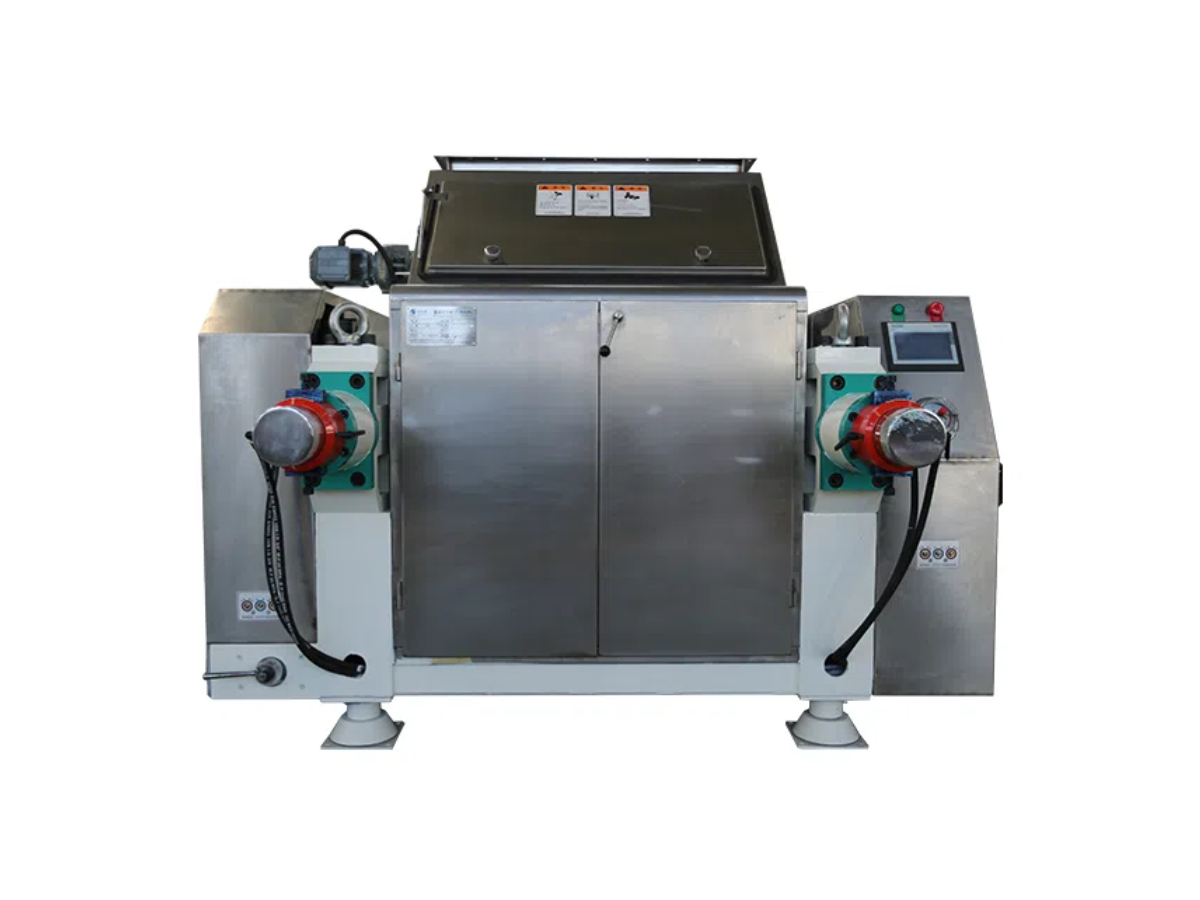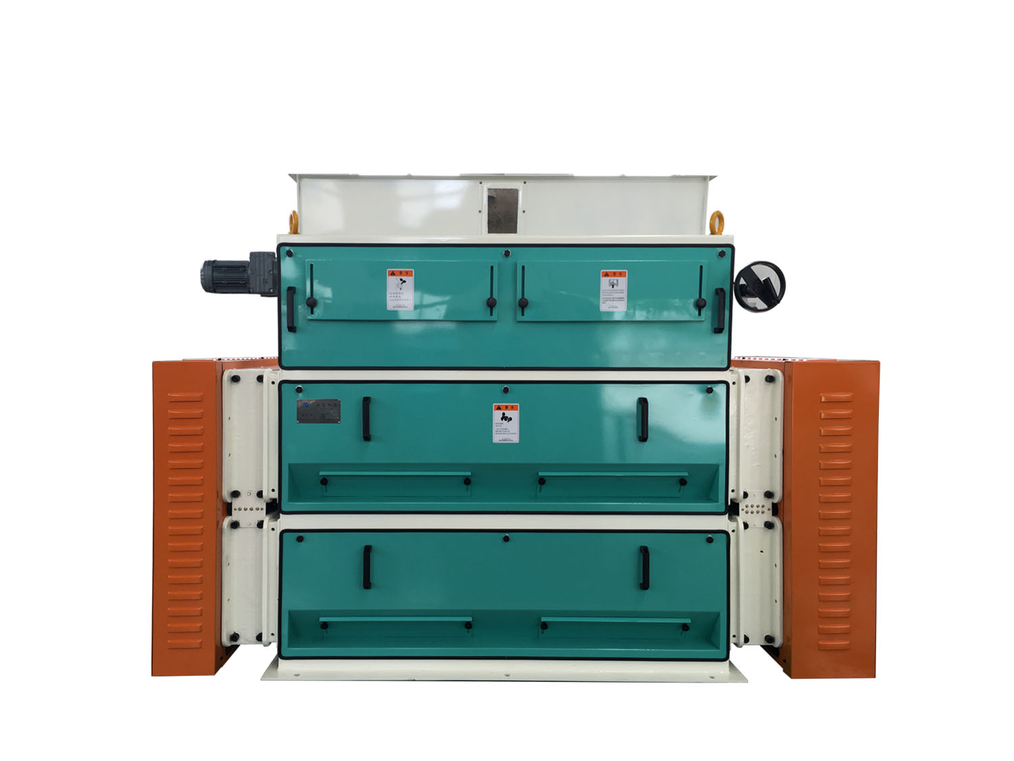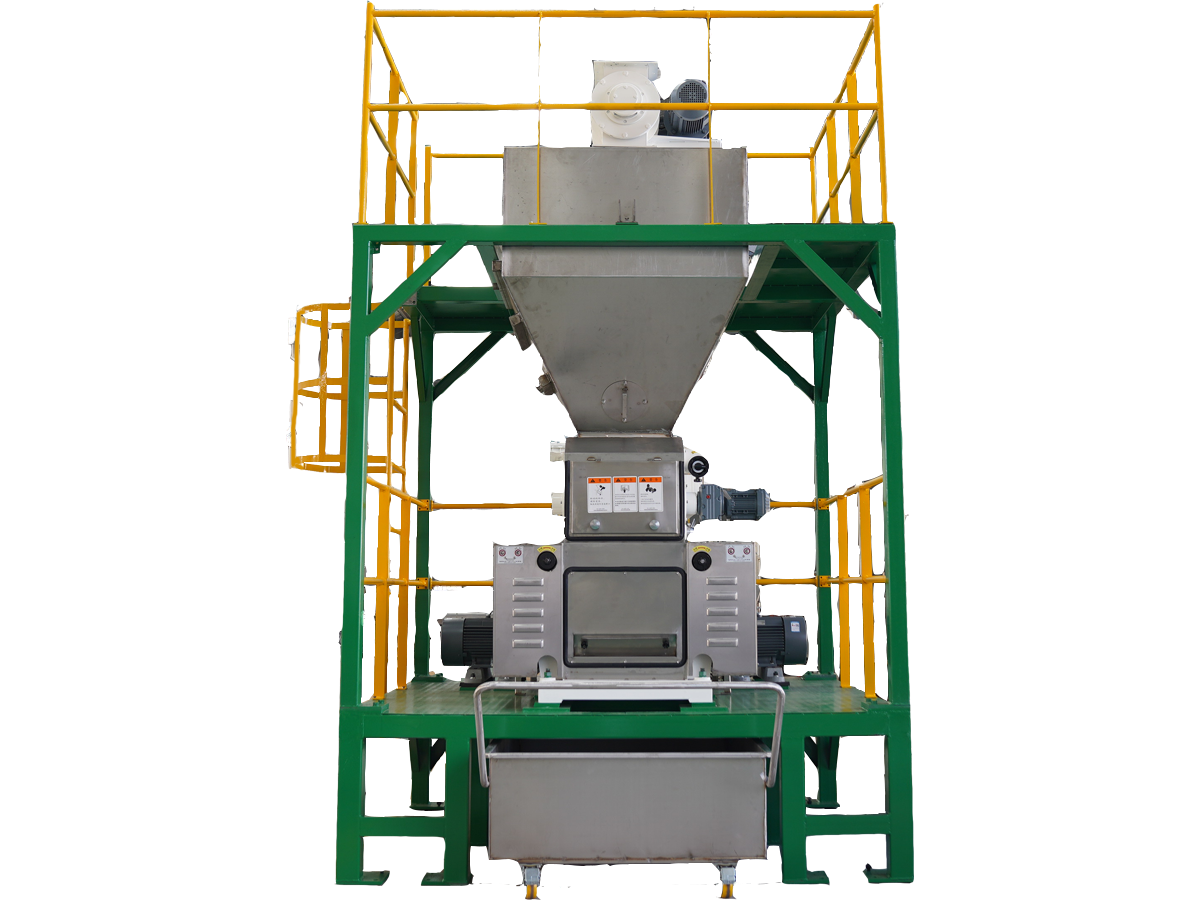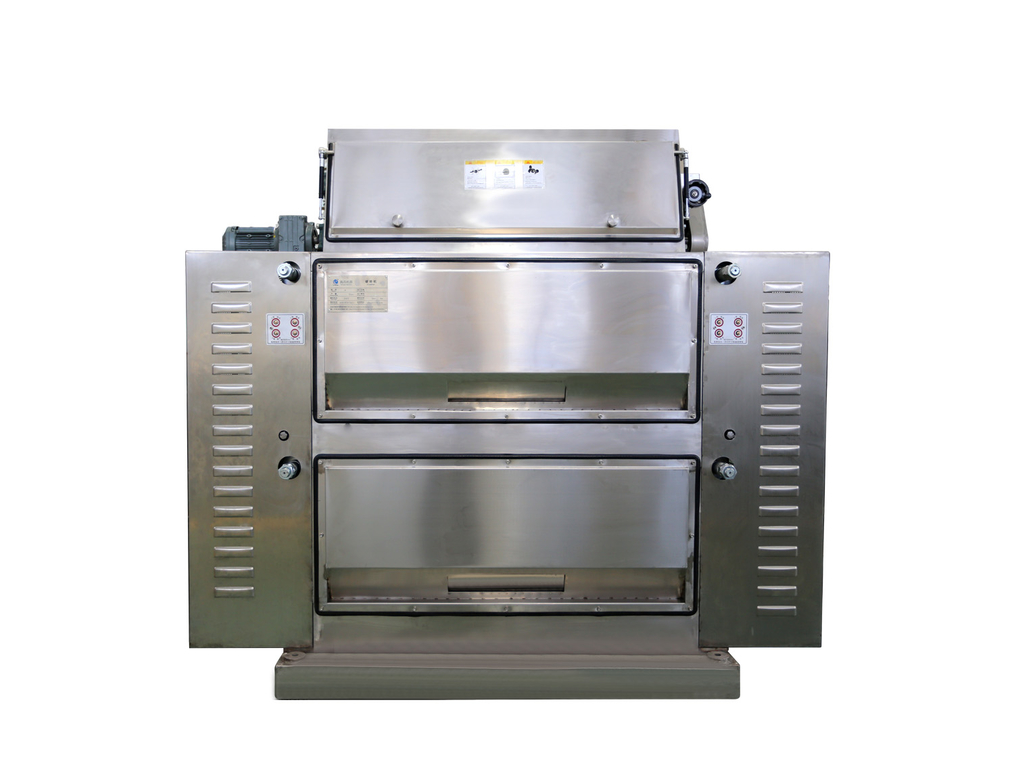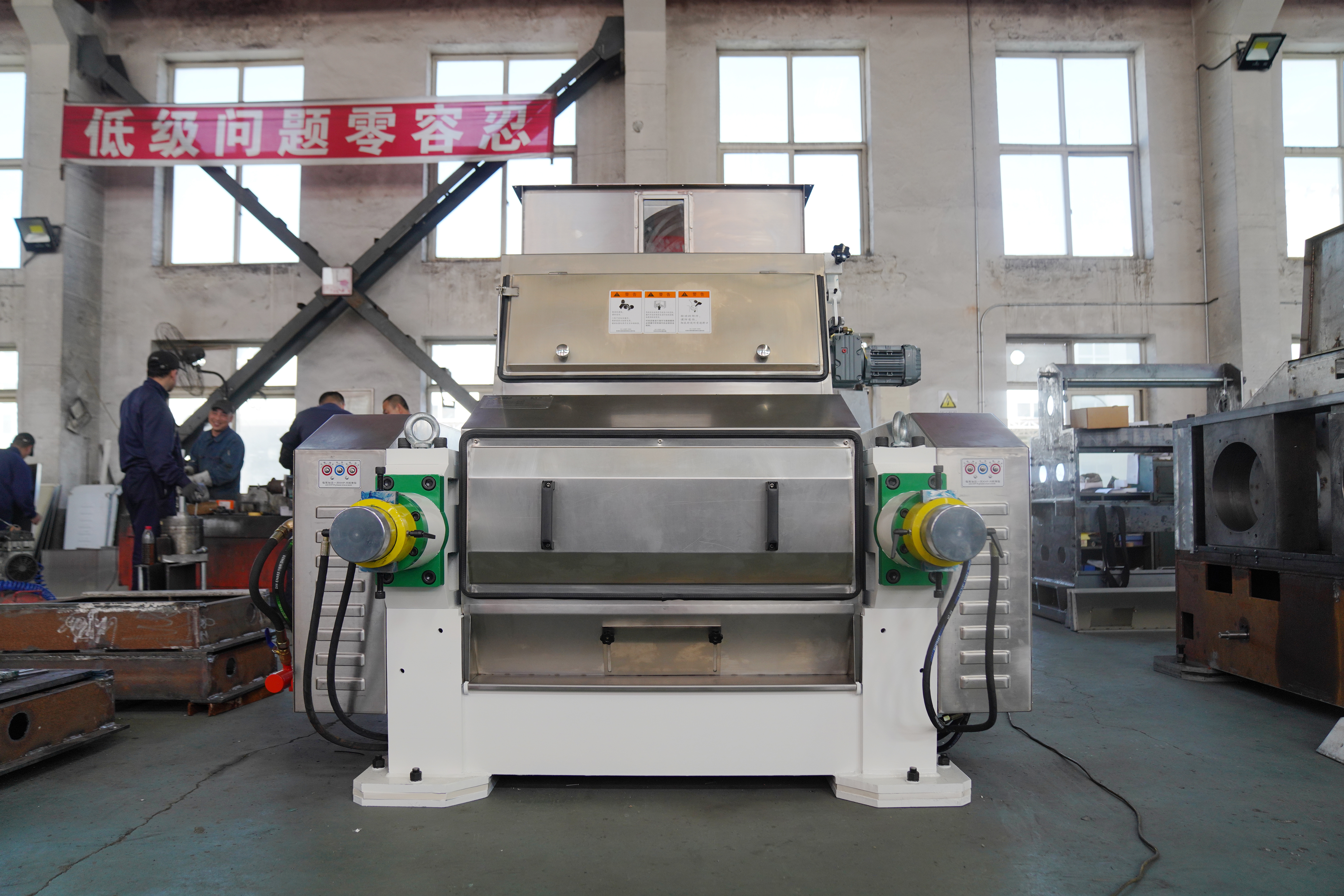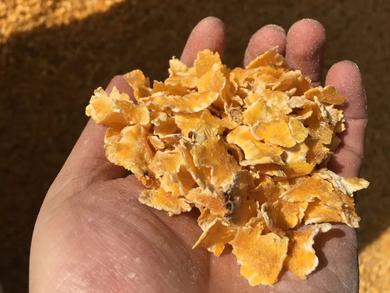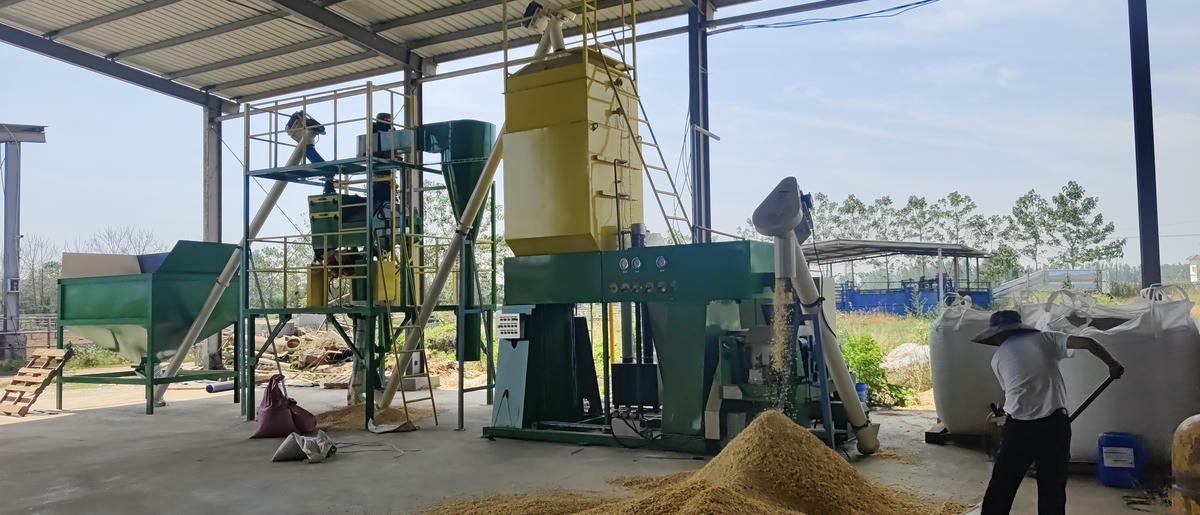whatsApp Tel:(86)13810151555
Home » Industry News » From Ranch Corn Flakes to High-Tech Materials
From Ranch Corn Flakes to High-Tech Materials
Did you know that the corn flakes used in ranch animal feed and the high-tech materials in aerospace share a common “birth” process? This is all thanks to a technology called Extrusion Processing. Today, let’s uncover the science behind this technology and explore how it bridges the gap between ranch feed production and industrial manufacturing.
What is Extrusion Processing?
Extrusion processing is a technique that shapes materials into specific forms and structures using high temperature, high pressure, and mechanical force. The core equipment is the extruder, which consists of a feeding system, heating device, screw, and mold. Materials (such as cornmeal, plastic, or metal) are fed into the extruder, heated, and pressed, then extruded through the mold into the desired shape.
From Ranch Corn Flakes to High-Tech Materials
In the ranch feed industry, extrusion processing is widely used to produce corn flakes. For example, cornmeal is treated under high temperature and pressure in the extruder, causing starch to gelatinize and proteins to denature, resulting in a flaky structure.
This process not only improves the digestibility of corn flakes but also enhances their nutritional value, providing more efficient feed for ranch animals.
However, the applications of extrusion processing go far beyond this. In the industrial sector, it is used to manufacture plastic pipes, aluminum alloy profiles, and even aerospace composites. For instance, extrusion processing can combine carbon fibers and resins to create lightweight, high-strength composite materials for aircraft fuselages and rocket shells.
The Science Behind Extrusion Processing
The core of extrusion processing lies in the physical and chemical changes of materials under high temperature and pressure. In the case of ranch corn flakes, the starch in cornmeal gelatinizes during extrusion, forming a gel-like structure, while proteins denature and create a network. These changes not only boost the nutritional value of corn flakes but also make them easier for animals to digest.
In industrial applications, the principles are similar, but the materials are more diverse. For example, plastics melt during extrusion and solidify after molding, while metals are shaped into high-strength, precision profiles through hot extrusion.
Advantages and Challenges of Extrusion Processing
Extrusion processing is highly efficient, flexible, and scalable. It can complete heating, mixing, and shaping in one step, significantly improving production efficiency. Additionally, by changing molds, extruders can produce products of various shapes and sizes to meet different needs.
However, extrusion processing also faces challenges. For example, the properties of materials may change under high temperature and pressure, affecting the quality of the final product. Moreover, the design and operation of extruders require advanced expertise to ensure process stability and consistency.
Future Prospects
With technological advancements, it continues to innovate. In the ranch feed industry, scientists are exploring how to use extrusion to develop more efficient and eco-friendly feed products. In the industrial sector, extrusion is being used to create nanomaterials and biodegradable plastics, driving sustainable development.
You can trust us because we don’t have to rely on others. We
are offering all manufacturing, assembling, testing and after sales services from
a single source by proven BellaEx quality!
Follow BellaEx and keep up with us on social media to be
informed about our ongoing projects and the latest news!

BellaEx was founded in 1997 and is a family-owned business with customers from over 50 countries. Our factory is located in Zhuanghe City, Dalian, Liaoning Province, China.
Grosper Group-China
Bellaex (Ningbo) Intelligent Equipment Co., Ltd.
Tel:(86)13810151555
Email:ray@bellaex.com
solution
industry
-
Animal food
-
Oilseed processing
-
food industry


